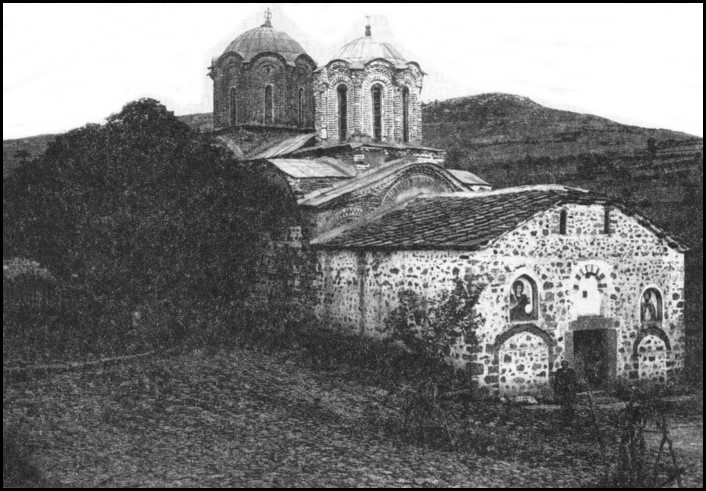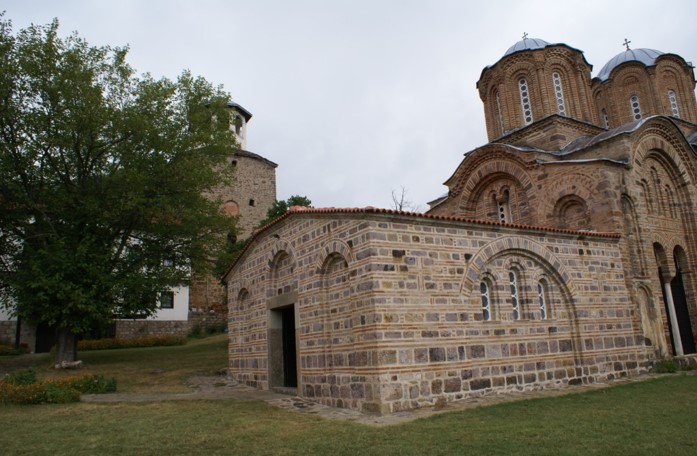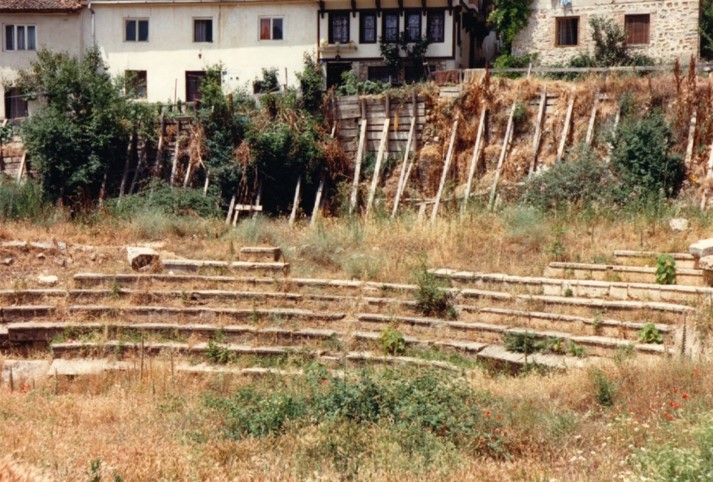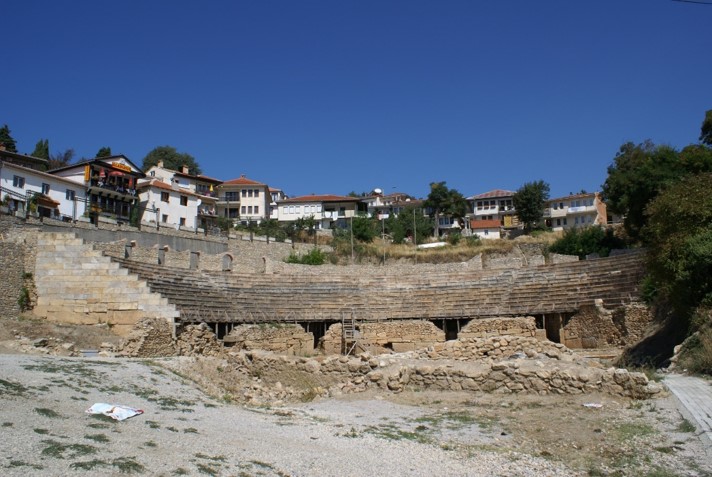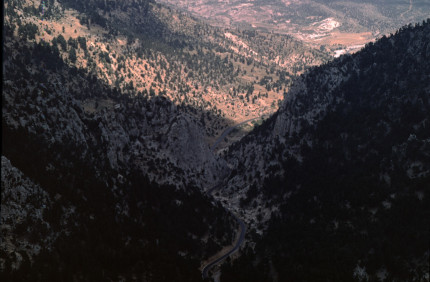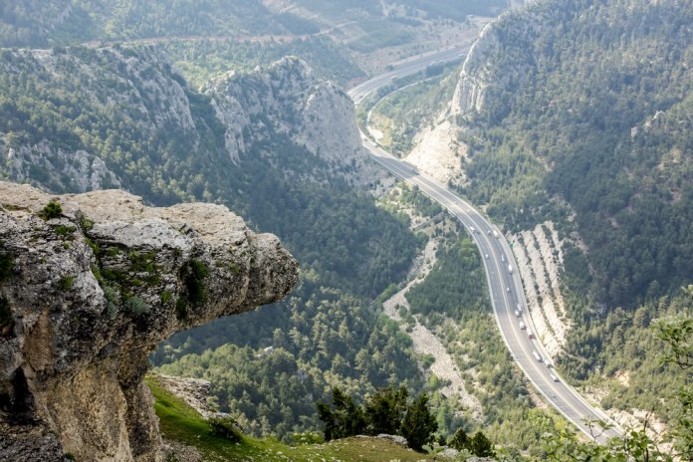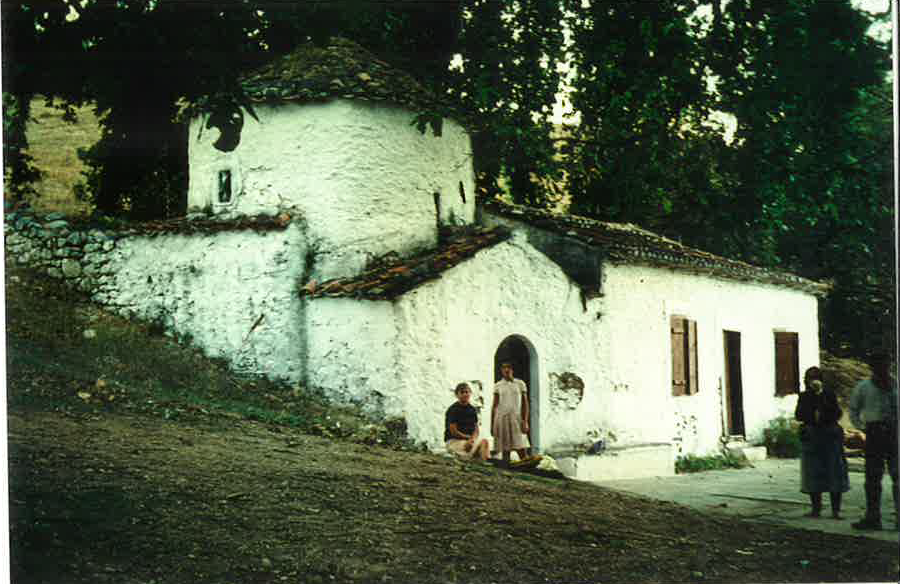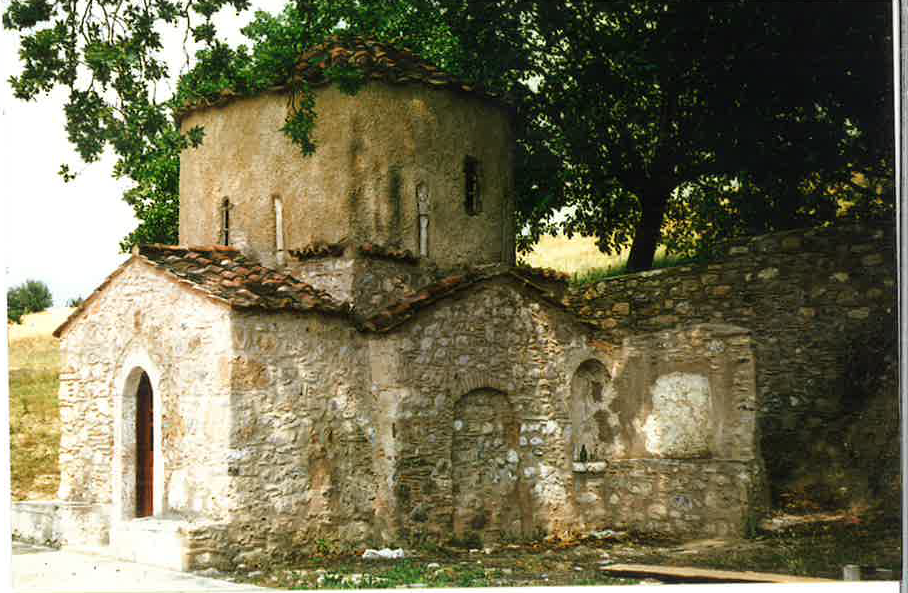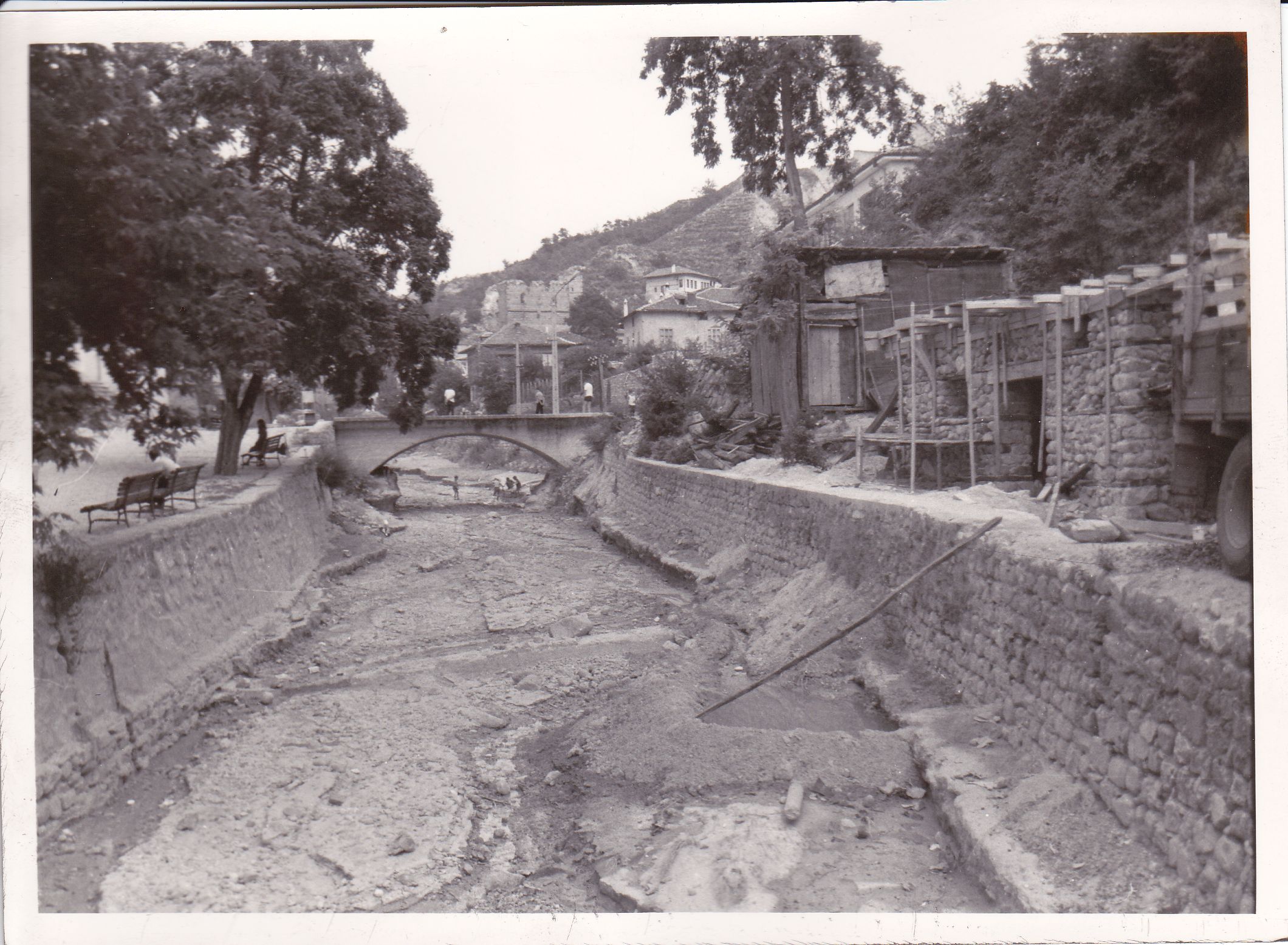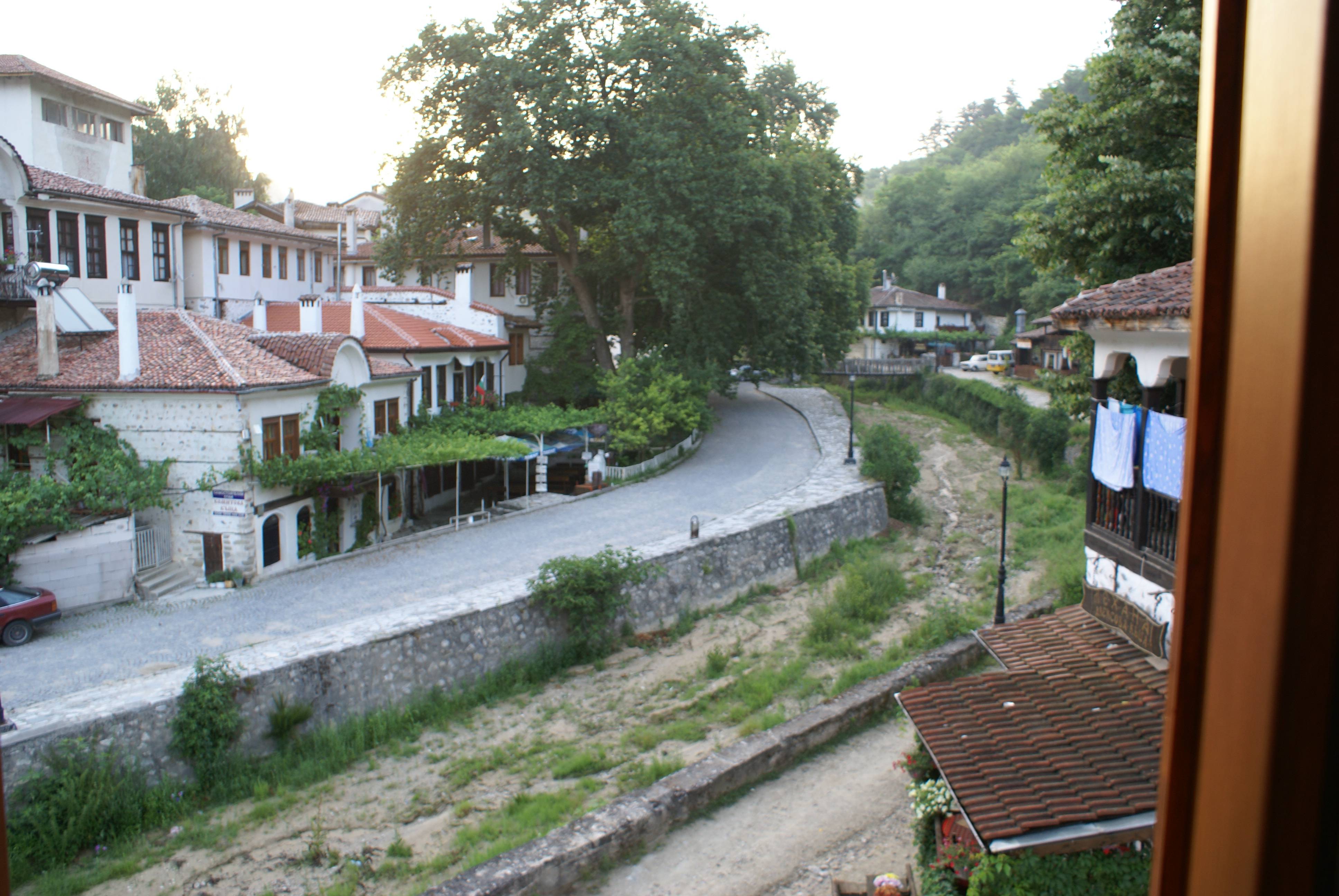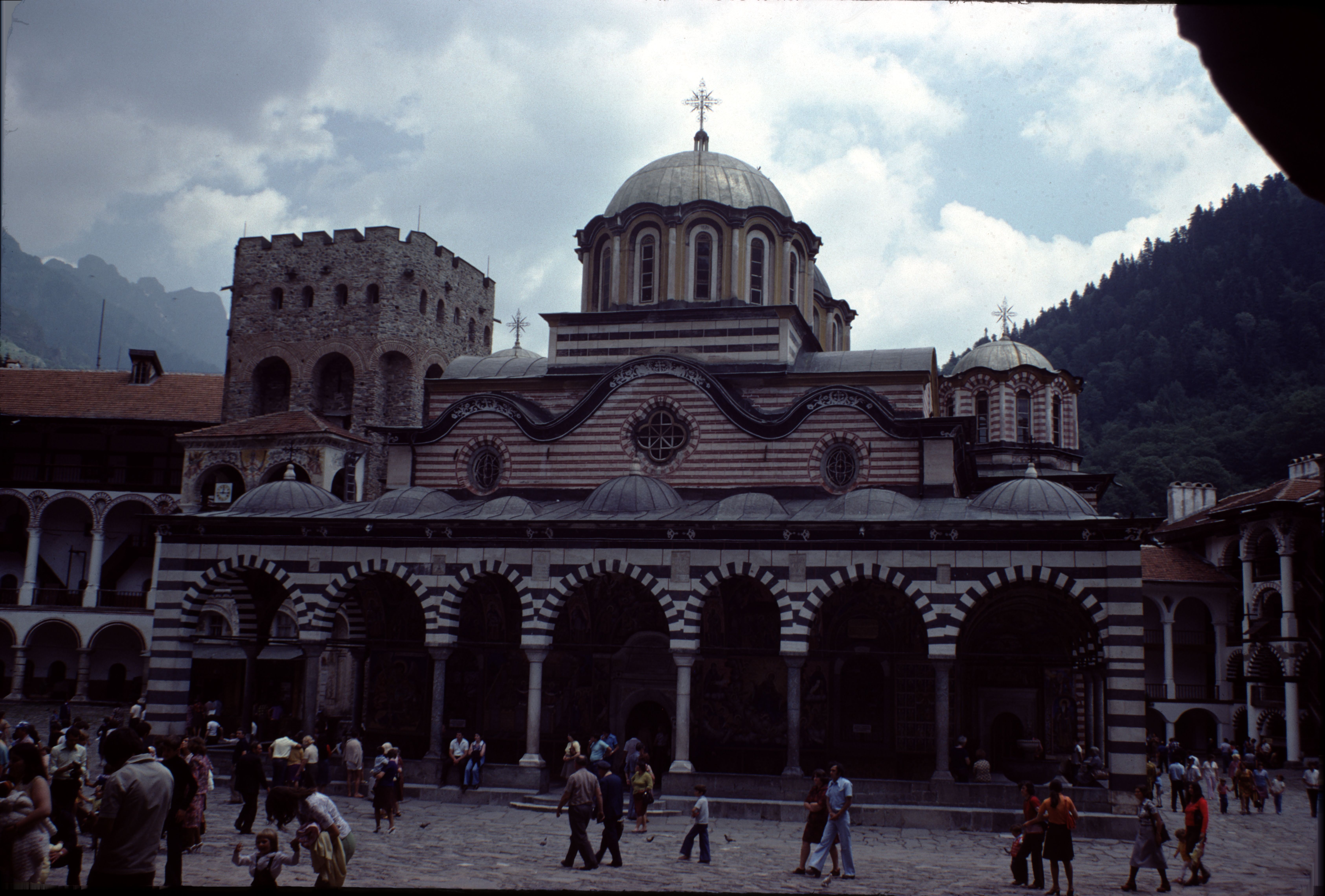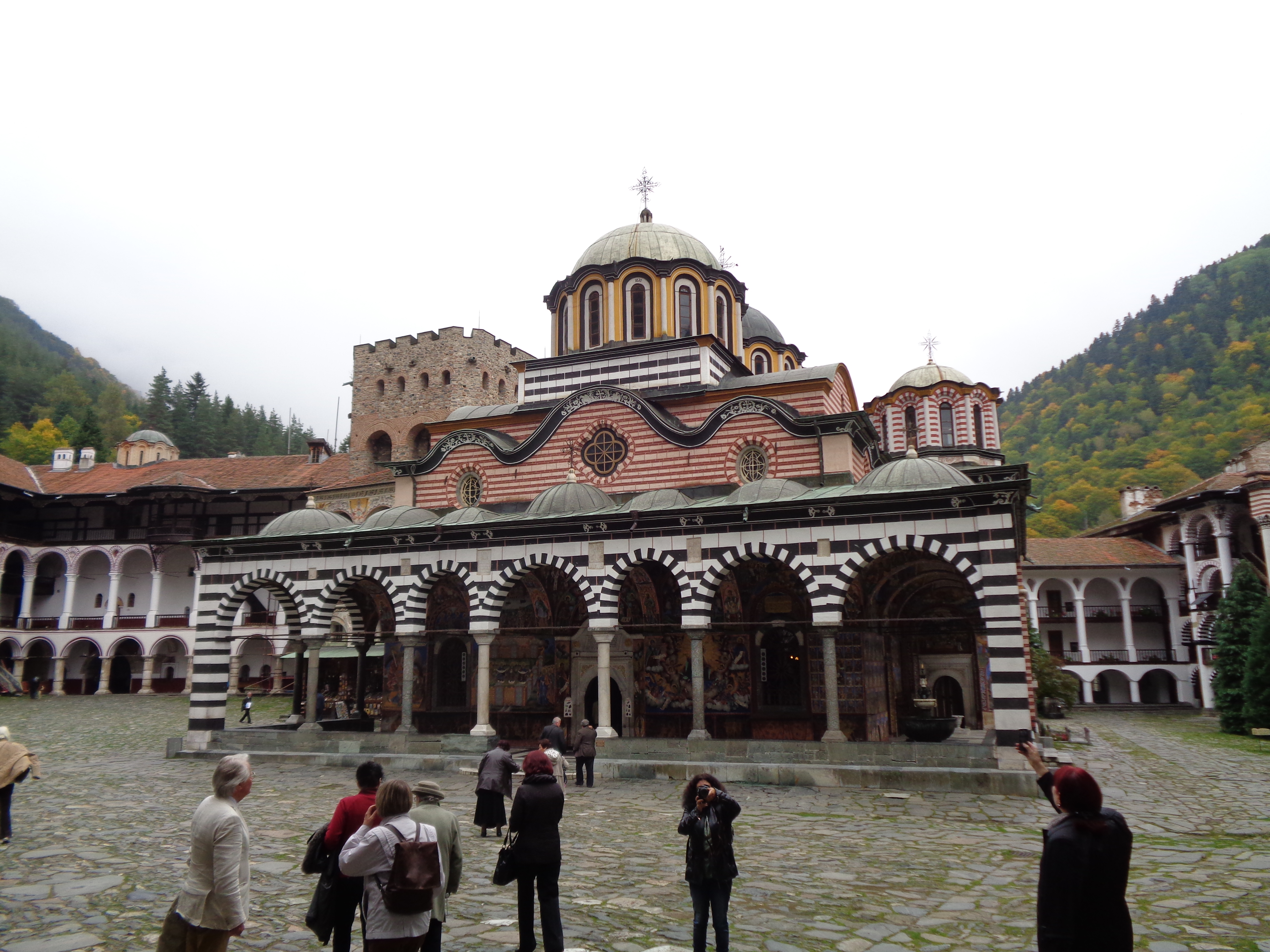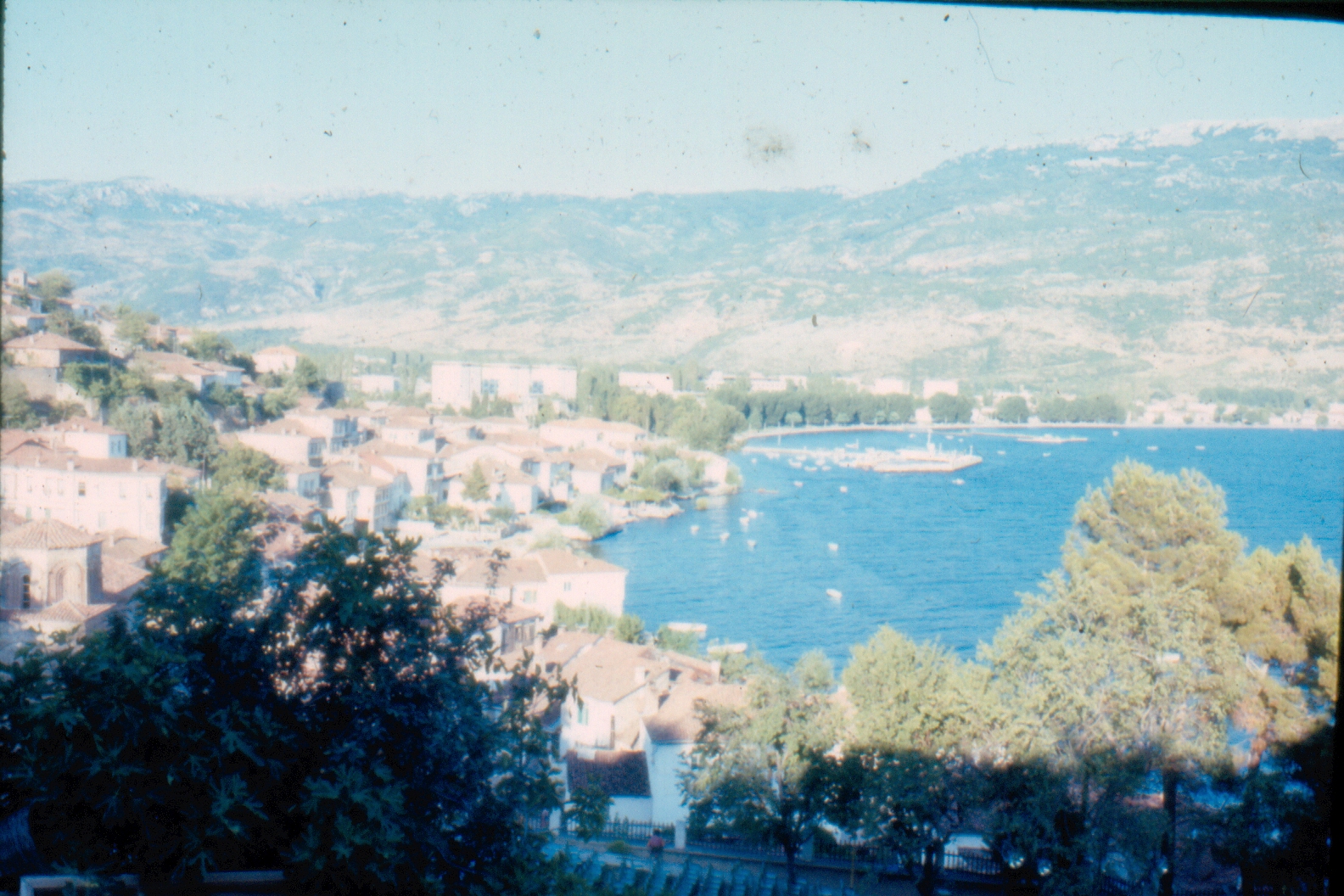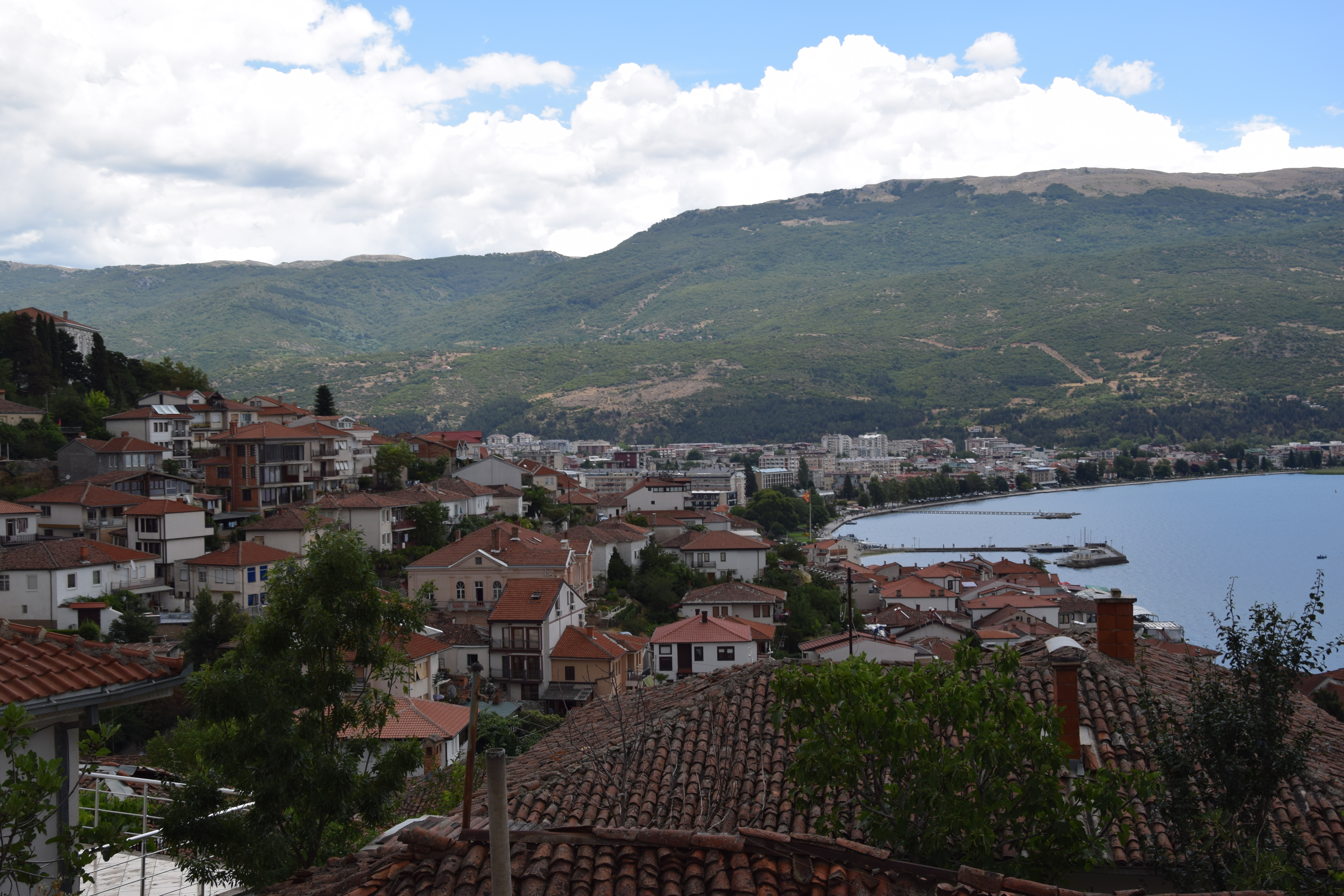The Digital Tabula Imperii Byzantini (Dig-TIB) as Contribution to the World’s Cultural Heritage
The devastating impact of wars on world cultural heritage has been widely discussed after 1945. Scholarly projects at the Austrian Academy of Sciences (ÖAW) have a long tradition of contributing to the study of the world's cultural heritage. Among them is the Long-Term Project "Tabula Imperii Byzantini" (TIB) of the Austrian Academy of Sciences, which is publishing a historical atlas of the Byzantine Empire with special attention to the Balkan Peninsula and Asia Minor. Since 1966 (until now), monuments and their (then) current state have been documented by means of slides during field trips. This unique collection of Byzantine monuments (around 52,000 slides) is a rich cultural asset and a pivotal point of the present project "The Digital Tabula Imperii Byzantini (Dig-TIB) as Contribution to the World’s Cultural Heritage" as well as future research work.
The initiatives in the field of Digital Humanities and Byzantine Studies in recent years have prompted the scholarly team of the TIB at the ÖAW to intensify the efforts not only to scan and preserve slides of the rich TIB archive, but also to enable a platform for the adequate presentation and sustainable use of the data.
The aim of the project is not to limit itself to digitisation / preservation in general, but to specifically embed the respective monuments and their subsequent fates in the past decades into the world cultural heritage in three different case studies. These case studies - "Cilicia and Isauria" (TIB 5, Friedrich Hild), "Eastern Thrace (Eurōpē)" (TIB 12, Andreas Külzer) and "Macedonia, Northern Part" (TIB 16, Mihailo Popovic) - were chosen because of the complex politico-military situation in the Middle East with its impact on the monuments in situ (TIB 5) and because they include areas whose infrastructures are developing rapidly with lasting consequences for the landscapes of the past and for the respective monuments (TIB 12 and TIB 16).
Funded by:

Project Number: 17771
Duration: 01.03.2018 - 31.05.2020
PI: Mihailo Popović
- Veronika Polloczek
- Bernhard Koschiček-Krombholz
- Moisés Hernández Cordero
- Alexander Watzinger, IT Experte
Results
The total number of slides to be scanned and processed in the project by the research assistant Veronika Polloczek was 7,172 (TIB 5: 4,981 slides, TIB 12: 1,252 slides, TIB 16: 939 slides). Their processing and description was carried out by Veronika Polloczek, the (partly already retired) scientists of the TIB and student employees.
The project "The Digital Tabula Imperii Byzantini (Dig-TIB) as a Contribution to World Heritage" has addressed the three above-mentioned case studies with their monuments and captured or digitized the respective slide collections in order to carefully view them through the prism of cultural heritage (before - after state). This created a structured and efficient workflow and best practice in this field of Historical Geography and Digital Humanities.
Furthermore, Veronika Polloczek has successfully applied for and defended a dissertation topic at the University of Vienna with the working title "From the Past into the Future - Digital Archiving using the Example of the Historical Atlas Tabula Imperii Byzantini and its Diathek", which was officially approved by the University of Vienna on May 17, 2019 and is supervised by Mihailo Popović as a private lecturer at the University of Vienna.
During the term of the research project, the following results were obtained:
- Transparent presentation and publication of project results as part of TIB's online resources at https://catalogue.tib.oeaw.ac.at/.
- The geographical registers of TIB volumes 1 to 15 have been placed online as lists of all toponyms with volume and page references.
Both scientists and the interested public are provided with a freely accessible tool that makes it possible to retrieve the data compiled by the TIB over the past fifty years in the form of toponyms, to sift through them specifically using a search function in each list, and to compare them regionally per volume or collectively in all volumes, thus identifying previously overlooked connections and stimulating new research questions.
Users can not only call up the lists themselves and see the page references at a glance. They can also freely jump to the relevant page of the volume in the PDF by clicking on the respective page number of TIB volumes 1 to 7, 12 and 13, which opens in a viewer, thereby providing them with context. In addition, those pages in the list that lead to a lemma in the respective volume are highlighted in bold. - The CollectiveAccess portal (frontend) is online at: https://catalogue.tib.oeaw.ac.at/.Users can freely view, search, compare, view metadata, and cite the processed 7,172 slides (TIB 5: 4,981 slides, TIB 12: 1,252 slides, TIB 16: 939 slides) with permalinks.
Publications
| Author | Title | Location | Date | Pages | |
|---|---|---|---|---|---|
| Mihailo St. Popović, Veronika Polloczek | Die Regionen von Bitola und Prilep und deren kulturelles Erbe während und nach dem Ersten Weltkrieg, in: Die Ursprünge der österreichischen Diplomatie in Mazedonien – mit Schwerpunkt auf das österreichisch–ungarische Konsulat in Bitola/Monastir 1851–1919 | Bitola-Skopje | in Druck | ||
| Andreas Külzer, Veronika Polloczek, Mihailo St. Popović (Hgg.) unter Mitwirkung von Johannes Koder | Raum und Geschichte: Der historische Atlas „Tabula Imperii Byzantini“ an der Österreichischen Akademie der Wissenschaften | Wien-Novi Sad | 2020 | 239 | |
| Mihailo St. Popović, Toni Filiposki | Antique and Medieval Cultural Heritage in Macedonia during WW1: Based on German and Austrian Archival Evidence, in: On the Cross-Path of Cultural Ideas: Macedonia, the Balkans, Southeast Europe – Heritage, Management, Resources. A Collection of Papers from the International Conference held in Ohrid in September 2019 | Wien-Novi Sad | 2020 | 239 |
Presentations
| Presenter | Title | Conference | Location | Date | |
|---|---|---|---|---|---|
| Andreas Külzer, Veronika Polloczek, Mihailo St. Popović | Die digitale Tabula Imperii Byzantini (Dig-TIB) als Beitrag zum Weltkulturerbe | DPP Lecture | Wien | 2018/03/22 | |
| Veronika Polloczek | How to Expand the Tabula Imperii Byzantini in a Digital Age? | International Medieval Congress | Leeds, Großbritannien | 2018/07/03 | |
| Veronika Polloczek, Mihailo St. Popović | The Digital Tabula Imperii Byzantini (Dig-TIB) as Contribution to the World’s Culture Heritage | Congress Visual Heritage | Wien | 2018/11/12 | |
| Veronika Polloczek | Digitising and Archiving Cultural Heritage in DPP / OpenAtlas on the Example of the Tabula Imperii Byzantini | International Medieval Congress | Leeds, Großbritannien | 2019/07/03 | |
| Mihailo St. Popović | Antique and Medieval Cultural Heritage in Macedonia during WW1: Based on German and Austrian Archival Evidence | On the Cross-Path of Cultural Ideas: Macedonia, The Balkans, Southeast Europe – Heritage, Management, Resources | Ohrid, Nordmazedonien | 2019/09/24 | |
| Veronika Polloczek | On the Trail of the Digital Tabula Imperii Byzantini: How Changes in the World's Cultural Heritage Become Visible | International Medieval Congress | Leeds, Großbritannien | 2022/07/06 |
